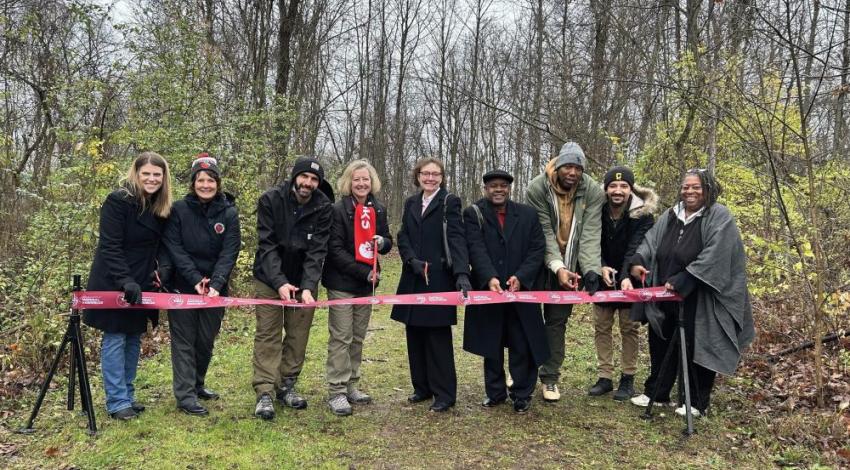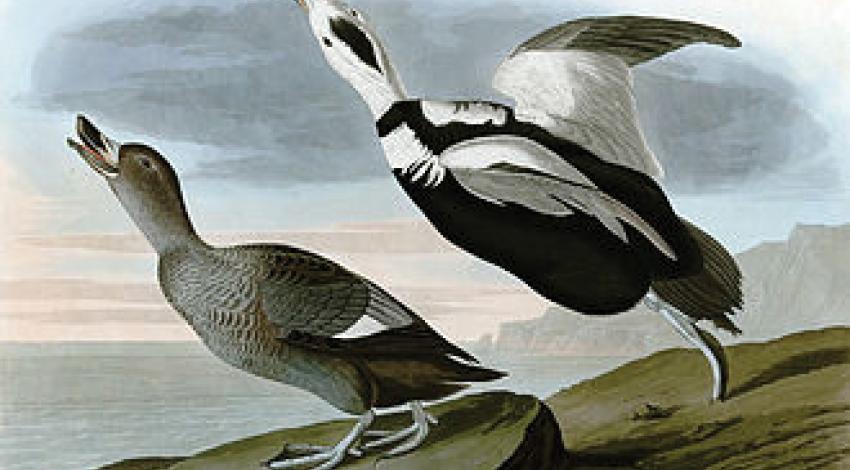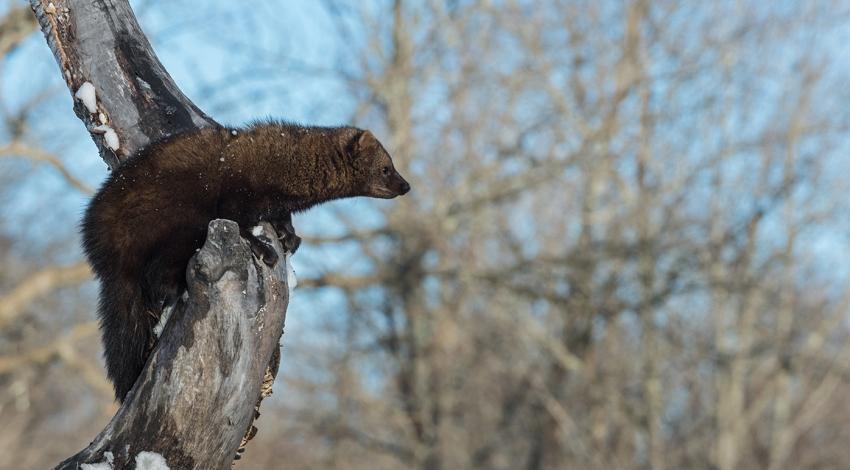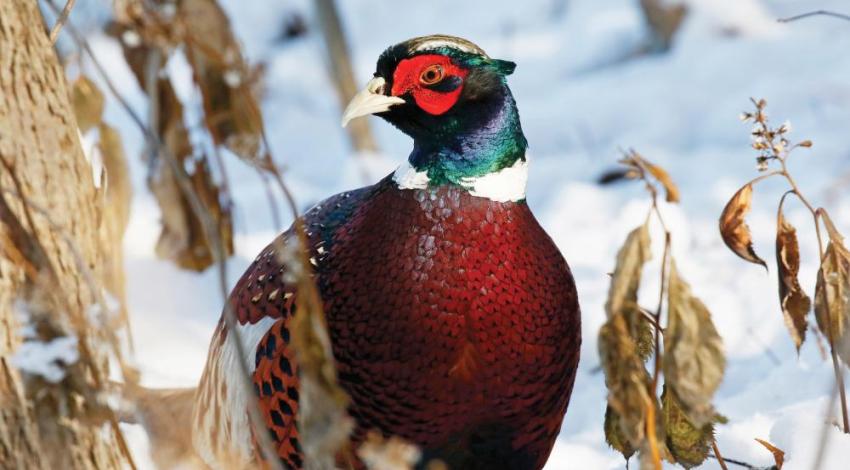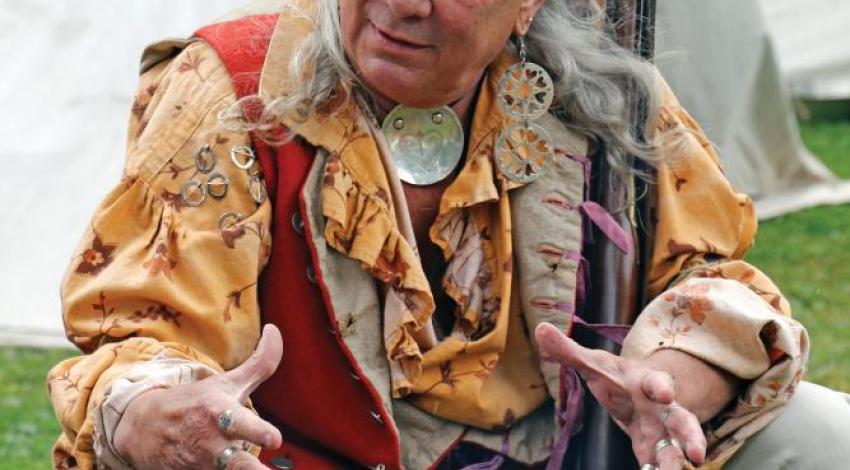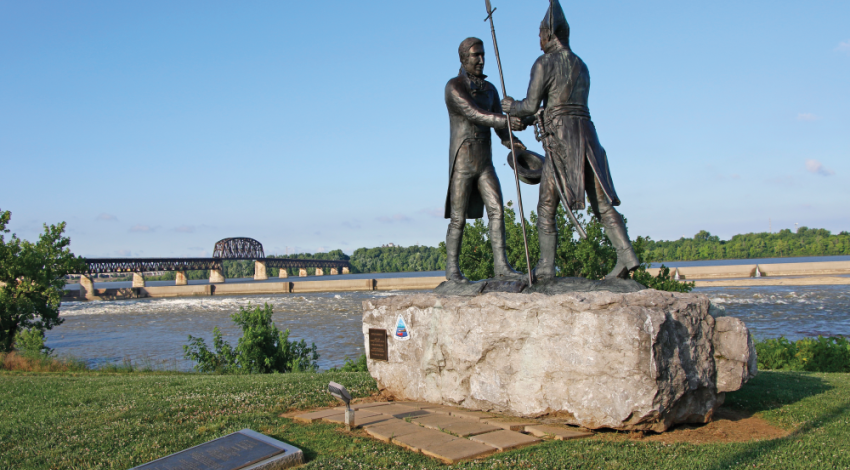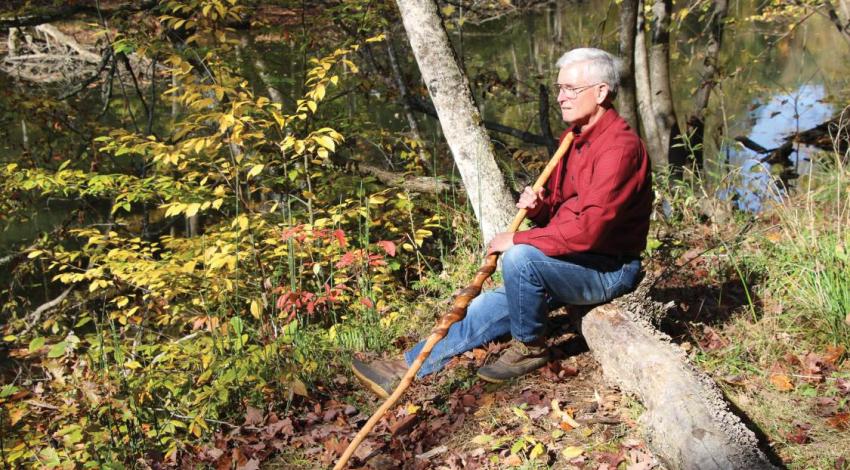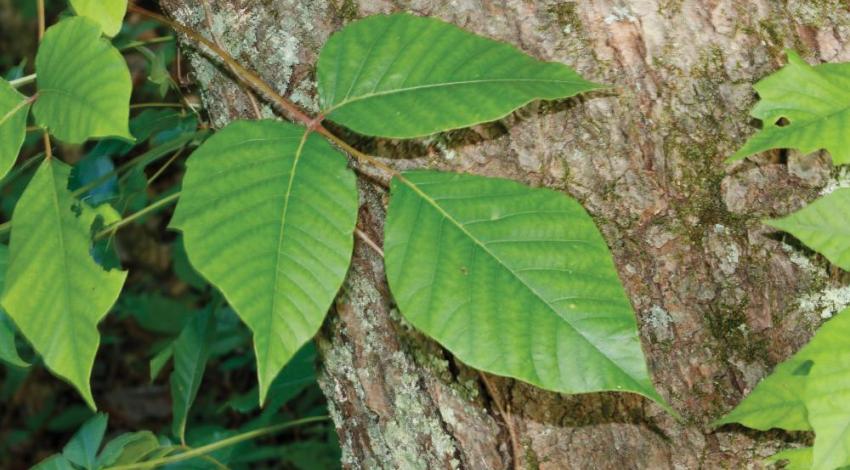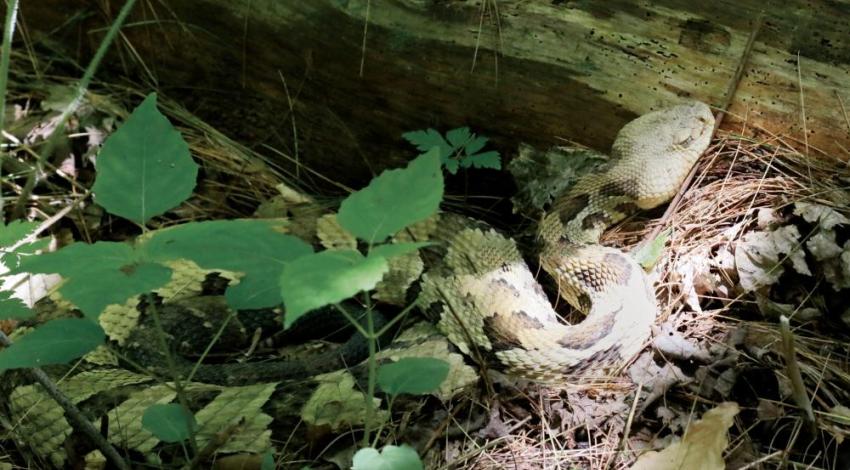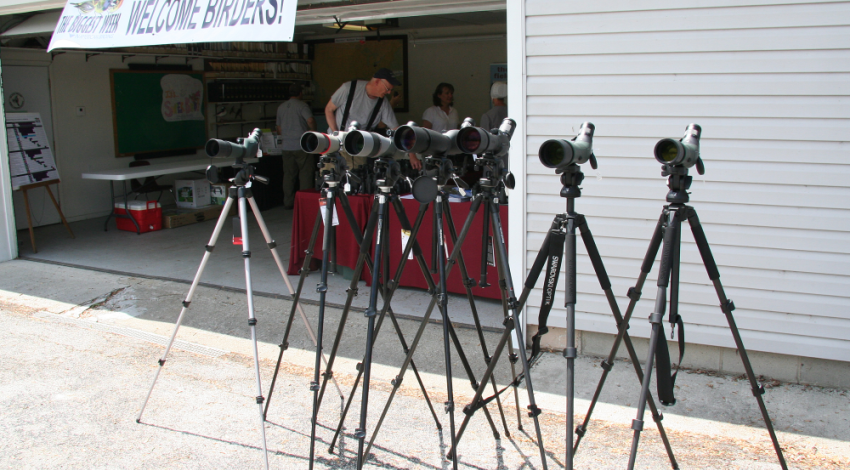Along the eastern edge of Alum Creek State Park in central Ohio runs a thoroughfare called Africa Road. I’ve lived in the general vicinity for years, and the road’s name always seemed a bit odd to me.
Late last fall, just off Africa Road in Alum Creek State Park, the ODNR unveiled the first of four planned “Heritage of Freedom” trails in the state commemorating Ohio’s contribution to the Underground Railroad. “The Underground Railroad is a key part of Ohio’s history,” says Mary Mertz, director of ODNR. “This Heritage of Freedom Trail serves as a visual history lesson and provides an immersive way to see what freedom-seekers faced in Ohio’s natural environment during this time in history.”
